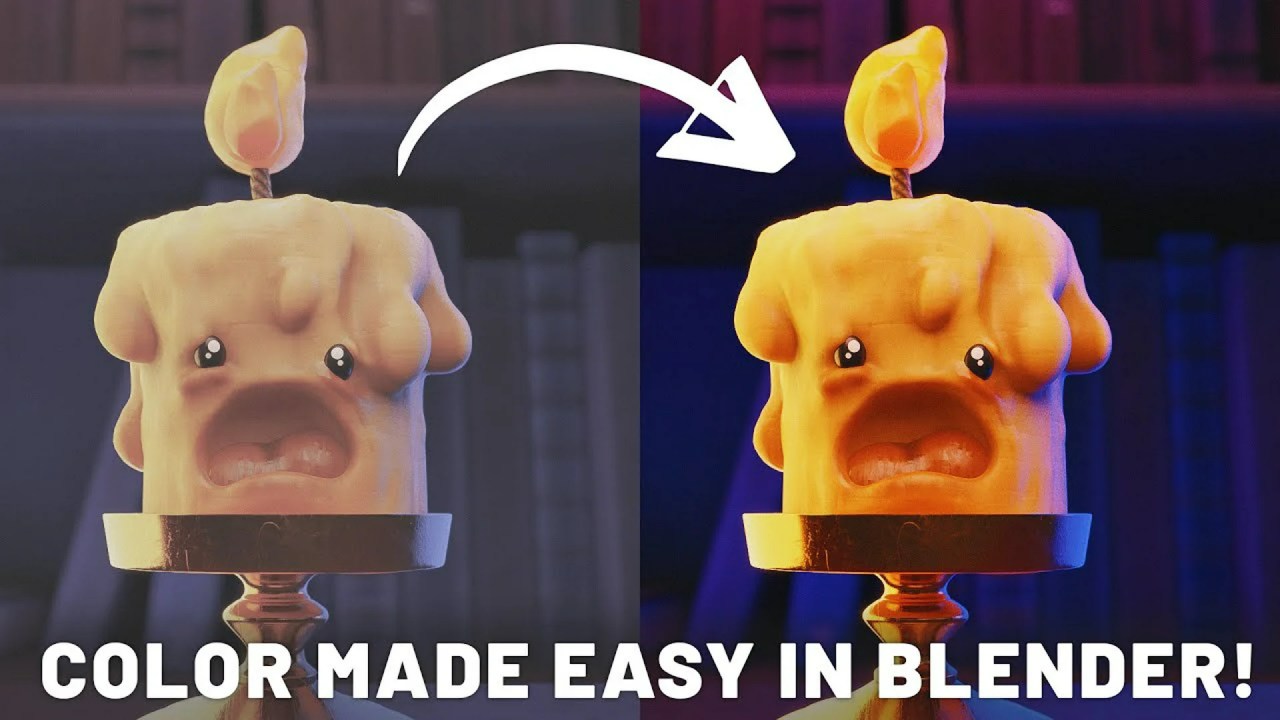Discover how to build a rich, open-world survival island using advanced procedural tools in Unreal Engine 5. This guide emphasizes intentional design, efficient workflow, and stunning visual fidelity for dynamic environments.
Creating expansive, immersive open worlds often feels like a monumental task, especially when aiming for density and detail without sacrificing performance. However, modern procedural generation tools are transforming this landscape, making it more accessible for creators to bring their ambitious visions to life. In a recent insightful tutorial, Thaddaeus, known professionally as Aziel Arts, takes viewers on a comprehensive journey, demonstrating his process for building a dense open-world pirate island using these powerful systems within Unreal Engine 5.
Thaddaeus’s approach is a masterclass in combining artistic vision with technical efficiency. Many aspiring environment artists struggle with making large landscapes feel alive rather than empty. His methodology addresses this head-on, proving that even with procedural systems, intentionality and a structured workflow are paramount. He begins with a crucial step: concepting and planning through narrative. By devising a short story about a marooned pirate captain, he establishes the island’s mood, the type of open world it needs to be, and the specific environmental elements required. This narrative foundation guides artistic choices, ensuring every procedurally generated detail contributes to a cohesive vision.
To further solidify his vision, Aziel Arts meticulously gathers and organizes visual references. Drawing inspiration from a trip to Hawaii, he captures the essence of dense, layered jungles. He employs the “wide, medium, close” method for organization: wide references define the overall landform, medium references detail individual biomes (like beaches, outer jungles, deep jungles, and volcanic pools inspired by Yellowstone), and close references focus on intricate elements such as textures, materials, and foliage growth patterns. Even with the power of procedural systems, basic sketches remain vital, ensuring that artistic intent prevails when integrating marketplace assets.
Crafting the World with Advanced Systems
For the actual construction of his digital world, Thaddaeus leverages the Errant Photon suite of tools, which has quickly become a favorite among environment artists for its robust capabilities. He utilizes Errant Landscape for terrain sculpting, Errant Biomes for procedural foliage and asset placement, and mentions Errant Paths for spline-based roads. The Errant Landscape plugin, in particular, stands out with its optimized patch-like stamp system, which rebuilds the landscape system for unparalleled efficiency. This allows creators to seamlessly edit vast terrains by only loading and updating active areas, integrating flawlessly with Unreal Engine’s World Partition.
This powerful plugin uses stamps to define not only height but also masks for landscape layers and biomes, enabling rapid sculpting of general island shapes and material distribution. These stamps drive layers like beach, sand, jungle, and rock based on slope and height, providing far more detail than a purely auto-material approach. For the island’s surrounding waters, Aziel Arts integrates the Oceanology plugin, creating an infinite ocean complete with realistic coastal waves and an auto-wet layer that interacts authentically with the landscape material.
Mastering Foliage and Asset Placement
Dense foliage is often a computational bottleneck in open-world development, but Errant Biomes offers elegant solutions. Thaddaeus simplifies biome asset selection by categorizing reference images into “big, medium, and small” objects—think large trees, medium-sized plants, and ground cover—to manage complexity effectively. He employs a hybrid asset strategy, combining custom-built plants, marketplace packs like the Maui Jungle Pack, and custom-modeled elements such as volcanic pools created using Unreal’s modeling tools. This ensures a unique and varied environment.
To tackle the computational burden of lush environments, Errant Biomes intelligently uses “load spawning” for large objects (trees, big rocks) and “runtime spawning” for dense, smaller elements (grass, medium plants) around the player. This dynamic system allows for stunningly rich environments without excessive loading times. The tool’s intuitive organization facilitates defining top biomes and sub-biomes, each with customizable procedural logic. Biome areas are precisely defined using painted biomasks, combined with information passed from Errant Landscape patches like curvature, erosion, height, and noise masks. The plugin provides extensive built-in procedural rules—such as spawning only on flat areas—and supports custom logic through material graphs for complex relationships.
Thaddaeus showcases a mixed strategy for asset placement: the jungle and beach areas are fully procedural, while the volcanic vent biome is entirely artistically placed, featuring hand-modeled and carefully positioned elements with captivating Niagara effects. Cliffs utilize a blended approach, with procedural generation of large, detailed mesh clumps (packaged as Hierarchical Instanced Static Meshes within a blueprint) that add depth beyond what landscape sculpting alone can achieve. The Errant Biomes plugin also supports dynamic swapping of static meshes to interactive blueprints and includes robust debugging tools for troubleshooting placement issues, highlighting the developers’ responsiveness and commitment to user needs.
With these optimizations, Aziel Arts achieved a smooth 45-60 frames per second on a 4K display, even with an incredibly dense environment. This remarkable performance underscores the efficiency of these modern tools, which significantly reduce the complexity of open-world development. They empower creators to realize intricate and dense environments that were once incredibly difficult to achieve. If you are looking to deepen your understanding and receive personalized assistance, Aziel Arts also offers an Academy for aspiring environment artists. You can also connect with Thaddaeus and view more of his impressive work on ArtStation.
Source:
How I Built an Open World Survival Island with Procedural Tools in Unreal Engine 5



